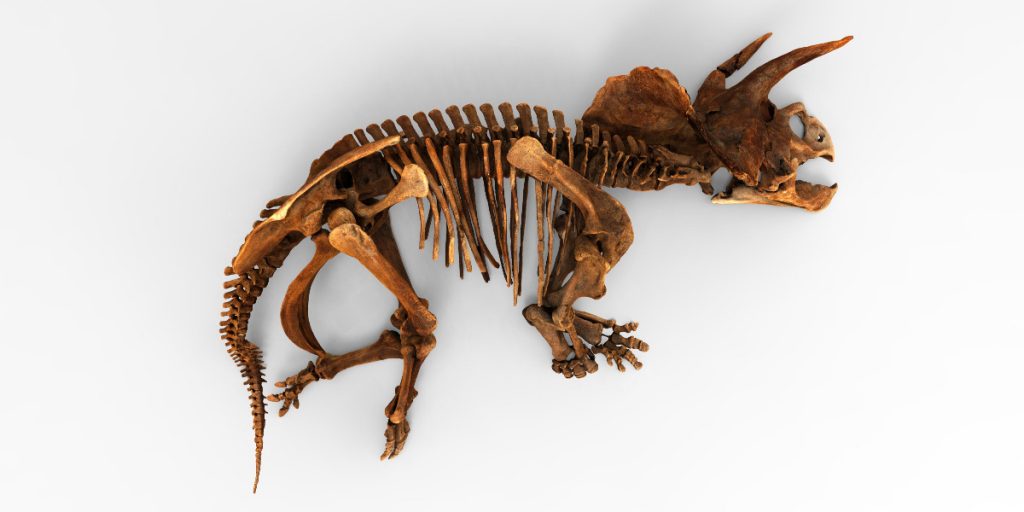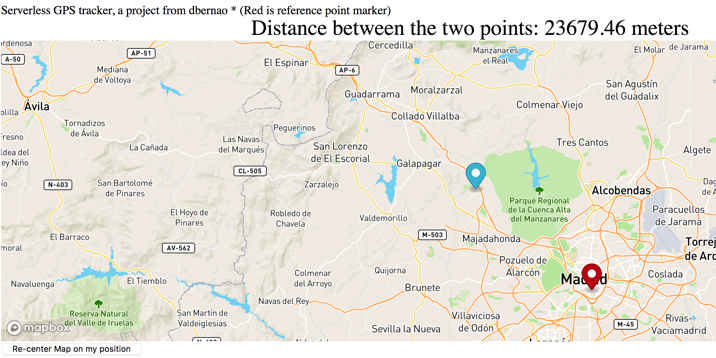AWS Public Sector Blog
Tag: open data
Smithsonian releases 2.8 million images through Smithsonian Open Access Initiative
The Smithsonian Institution announced the availability of more than 2.8 million two- and three-dimensional images and files through the Smithsonian Open Access Initiative. With this initiative, anyone with an internet connection has access to high-resolution media files, the accompanying metadata, and research from the Smithsonian Institution’s 19 museums, nine research centers, and zoo. This Smithsonian dataset is the largest museum collection released to date.
The true value of Earth Observation data…now
A picture of our entire Earth’s surface is taken every day. Such a possibility—or even the concept—would have seemed unfeasible and unaffordable just ten years ago. With continued technology improvements, we are witnessing a rapid increase in the number of miniature satellites capturing Earth observation (EO) data. This data is now accepted by many industries including agriculture, insurance, utilities, and urban planning to deliver actionable insights.
Learning about AWS sustainability datasets at “Code Green” workshop and hackathon
At the 2019 re:Invent conference in Las Vegas, Amazon Sustainability and the Amazon Sustainability Data Initiative (ASDI) hosted a four-hour workshop and hackathon to showcase ASDI’s collection of sustainability-related datasets and new ways to put those datasets to use. Called “Code Green,” the event also introduced conference attendees and participants to geospatial weather and climate data on Amazon Web Services (AWS).
NOAA and AWS expand commitment to increase access to environmental data
Today AWS announced it is expanding its collaboration with the U.S. National Oceanic and Atmospheric Administration (NOAA) to make environmental data easier to access and use. A new agreement with NOAA builds upon the work started when AWS first collaborated with NOAA on the Big Data Project in 2015. Users will now be able to access new, authoritative NOAA data within AWS without needing to download and store their own copies.
Leveraging the cloud for rapid climate risk assessments
Four Twenty Seven builds tools and services that help bring climate data (sourced from government agencies and academic institutions) to public and private organizations so they can better understand their exposure to climate hazards and manage risk in their communities. Four Twenty Seven’s new on-demand scoring application allows users to enter an asset’s location and receive risk scores for each site in real-time.
Creating a serverless GPS monitoring and alerting solution
To help solve a few challenges I faced with my family, including the need to track the location of a child, I needed a serverless global positioning system (GPS) monitoring solution. Commercial geographic monitoring GPS solutions are not cost-effective because of the cost of digital map licenses from third parties and running servers around the clock. Existing GPS systems work with proprietary GPS devices that lock-in the users’ vendors’ devices. My solution? Build my own serverless GPS monitoring and alerting solution.
Digital Earth Africa: Enabling insights for better decision-making
As part of the Amazon Sustainability Data Initiative, Amazon Web Services (AWS) is supporting Digital Earth Africa (DE Africa). DE Africa is enabling African nations to track changes across the continent in unprecedented detail by making Earth observation (EO) data more easily accessible. This will provide valuable insights for better decision-making around prevention and planning in areas including flooding, droughts, soil and coastal erosion, agriculture, forest-cover, land use and land cover change, water availability and quality, and changes to human settlements.
Solcast: Solar irradiance forecasting for the solar powered future
Solcast produces real-time, historical and forecast estimates of the available solar radiation resources around the globe. Altogether, this requires processing imagery from five geostationary weather satellites, which take snapshots of the Earth from space every 5-15 minutes. These images can be as fine as 1 kilometer in spatial resolution and are re-captured and transmitted as frequently as every five minutes – a large volume of data. A single third-generation weather satellite in orbit over the United States such as the GOES-16 generates nearly two terabytes (TB) of data each month.
AWS Public Datasets: Unlocking the potential of open data in the cloud
Sharing data publicly helps accelerate innovation by increasing the number of people who can perform research and derive insights from it. When data is shared in the cloud, researchers are able to work with data without needing to download or store their own copies. This allows users to start analyzing massive amounts of data in minutes, regardless of their location, local storage space availability, or computing capacity. Through the AWS Public Dataset Program, we collaborate with AWS customers to explore the best ways to stage data for analysis in the cloud.
Driving sustainability through youth engagement
Today, speakers at the 24th World Scout Jamboree (WSJ) will introduce nano, a new gamified app developed on the Amazon Web Services (AWS) Cloud that encourages youth around the world to adopt daily sustainability practices to help improve our planet. The Scouts are also launching #ScoutsRecycle, a campaign that leverages the nano app for sustainability. Through nano, scouts will be able to measure the impact of their efforts by calculating the CO2e emissions avoided through #ScoutsRecycle.









